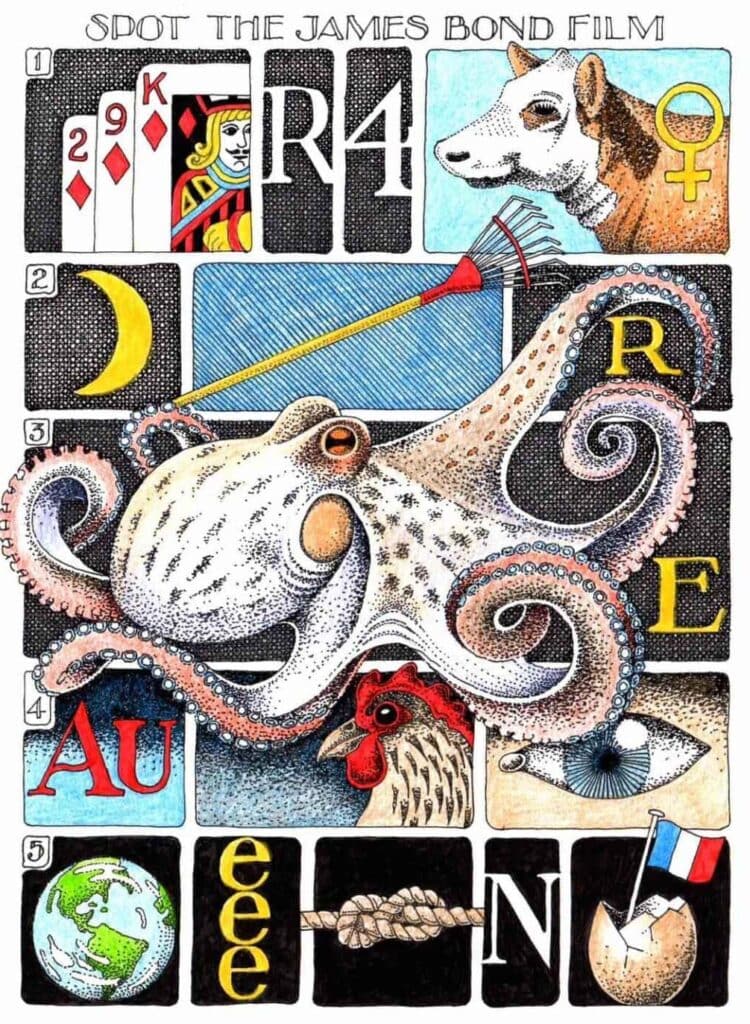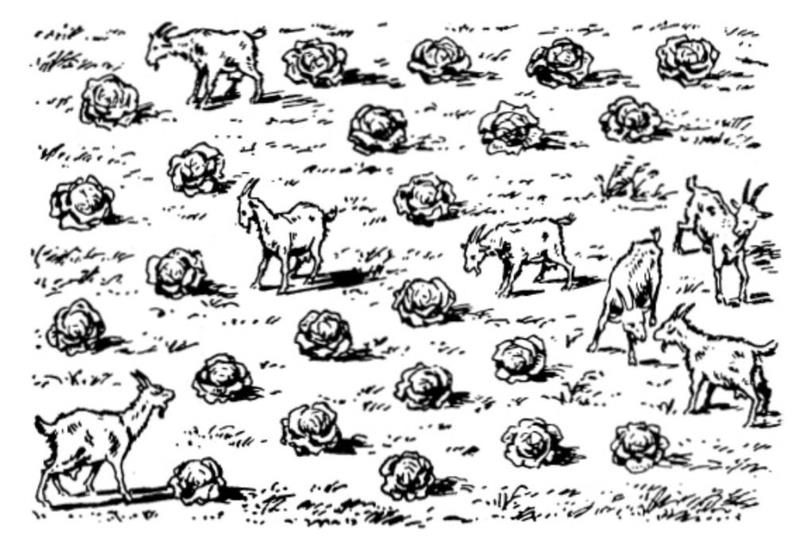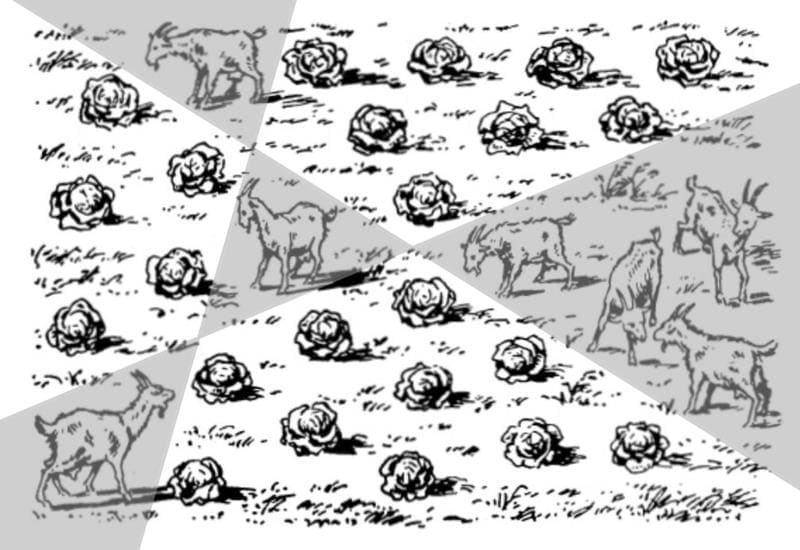Nine Fifty
Move the minus sign to make an expression equivalent to nine fifty.

Move the minus sign to the top of the second vertical line to get “10 to 10”, i.e. 9:50.

Mel Stover (1912-1999) is a Canadian magician who has created numerous puzzles, optical illusions, and mind games.
Move the minus sign to make an expression equivalent to nine fifty.

Move the minus sign to the top of the second vertical line to get “10 to 10”, i.e. 9:50.

What can you hold in your right hand but never in your left hand?
The answer is YOUR LEFT HAND.
Barbara and Oprah went to a theater where two movies were being shown: “The Barbie Movie” and “Oppenheimer”. The ticket price for the former was $15 and the ticket price for the latter was $20. When Barbara handed $20 to the cashier, she was asked which movie she wanted to watch, to which she replied, “The Barbie Movie”. However, when Oprah handed $20 to the cashier, she was automatically given a ticket for “Oppenheimer”. How come?
Barbara handed two $10 bills, so the cashier wasn’t sure which movie she wanted to watch. However, Oprah handed four $5 bills, so it was clear she wanted to watch “Oppenheimer” (otherwise she would have handed just three $5 bills).
What are the names of the three girls in this rock band?
T _ _ _ _ & D _ _ _ _ _ _ & L _ _ _

The vocalist’s name is Tessa. On her notebook it is written “I’m diving into the DARK gloom End to start“. On the poster in the top right corner it is written DARK and underneath ASSET. “Asset” spelled backwards becomes TESSA.
The bassist’s name is Delilah. Her shirt features a cat, which is also present on the Freddy Mercury poster. The lyrics written on it are from the song “Delilah” by Queen.
The drummer’s name is Lisa. Inside her backpack there is a copy of the book “1984” by G. Orwell. On her backpack there is a sticker which also appears on the poster behind Delilah. The poster says “Local punk’o’matIc AnarchiSts bazAr”. If one selects the 1st, the 9th, the 8th, and the 4th letters from each word, the resulting name is LISA.
Can you spot the five James Bond films?

The films are:
This rebus is taken from the book “A Collection of Spots”. Inside the book you will find 48 more puzzles.
If you drop me I’m sure to crack,
but give me a smile, and I’ll always smile back.
What am I?
The answer is MIRROR.
What do the following acronyms have in common?
All five are examples of the RAS syndrome (Redundant Acronym Syndrome syndrome) in which the last word of the acronym is repeated.
Separate all the goats from the cabbage in the picture by drawing 3 straight lines.

The solution is shown below.

You do not want me, but if you get me, you do not want to lose me. What am I?
The answer is LAWSUIT.
Please confirm you want to block this member.
You will no longer be able to:
Please allow a few minutes for this process to complete.